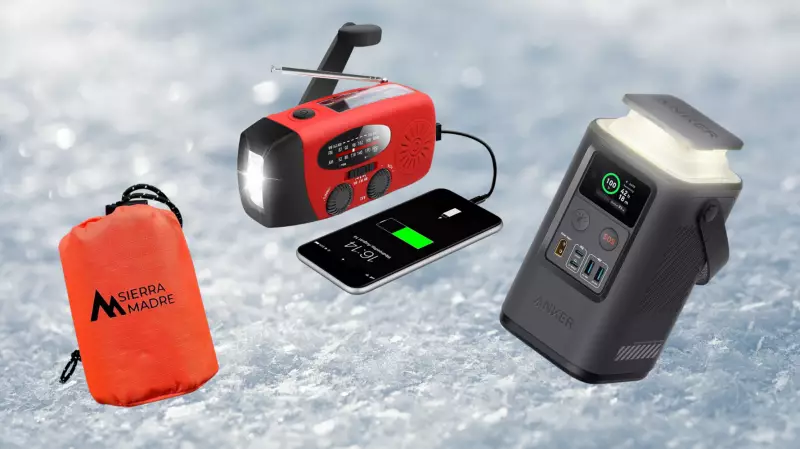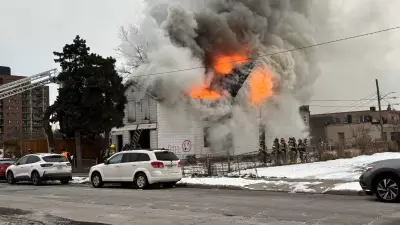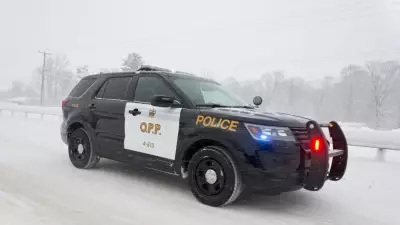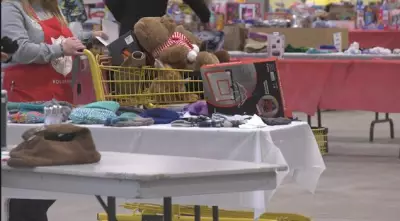
When disaster strikes, being prepared isn't just convenient—it could be the difference between life and death. While many people recognize the importance of emergency supplies, few actually have the comprehensive kit needed to weather a serious crisis.
The Foundation: Your Basic Emergency Kit
Every household should have these fundamental items readily accessible:
- Water: At least one gallon per person per day for three days
- Non-perishable food: A three-day supply of canned goods, energy bars, and dry foods
- Flashlight with extra batteries
- First-aid kit with essential medications
- Multi-purpose tool and manual can opener
- Personal hygiene items including sanitation supplies
Beyond the Basics: Often-Forgotten Essentials
While most people remember food and water, these critical items frequently get overlooked:
Communication and Documentation
Keep physical copies of important documents in a waterproof container. This includes identification, insurance policies, medical records, and bank account information. Don't rely on digital copies that become inaccessible during power outages.
Special Needs Considerations
If you have infants, elderly family members, or pets, their needs require special attention. Baby formula, pet food, and extra medications should be part of your emergency calculations.
Season-Specific Preparedness
Your emergency supplies should adapt to your local climate and seasonal risks:
- Winter emergencies: Extra blankets, warm clothing, and alternative heating sources
- Hurricane season: Plywood for windows, sandbags, and evacuation plans
- Wildfire areas: N95 masks and go-bags ready for immediate evacuation
The Maintenance Mindset
Creating an emergency kit is only the first step. Regular maintenance ensures your supplies remain effective when needed. Set calendar reminders to:
- Check expiration dates on food, water, and medications every six months
- Replace batteries in flashlights and radios
- Update documents and contact information
- Practice using emergency equipment like fire extinguishers
Emergency preparedness isn't about living in fear—it's about exercising practical wisdom. Taking a few hours to assemble proper supplies can provide peace of mind that lasts for years. When the unexpected happens, you'll be grateful you planned ahead.





